
The Museum of Contemporary Art of the Americas (MoCAA) will host, on Saturday, January 31, at 11:00 a.m., a public conversation with Hernán Pacurucu Cárdenas, Executive Director of the International Biennial of Cuenca, one of the most significant contemporary art platforms in the Americas.
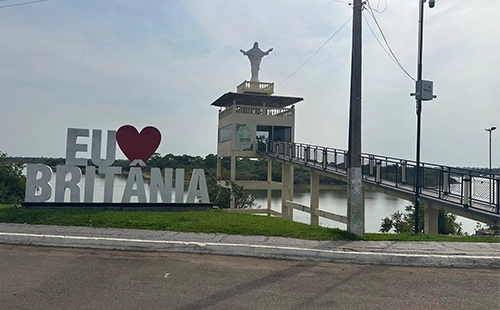
The Museum of Contemporary Art of the Americas (MoCAA) is establishing a formal relationship of cooperation and exchange with the Instituto Cultural Urukum, a cultural initiative based in Britânia, in the state of Goiás, in central Brazil.
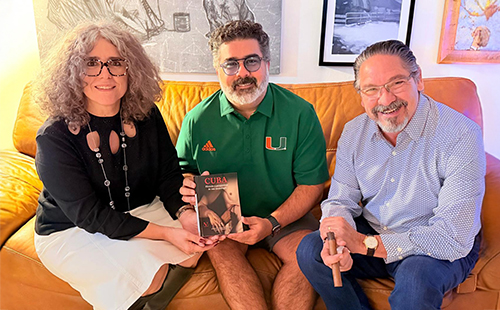
The Museum of Contemporary Art of the Americas (MoCAA) welcomes the recent publication of Cuba: History and Perspectives of an Eschatology (Verbum, Madrid, 2024)...
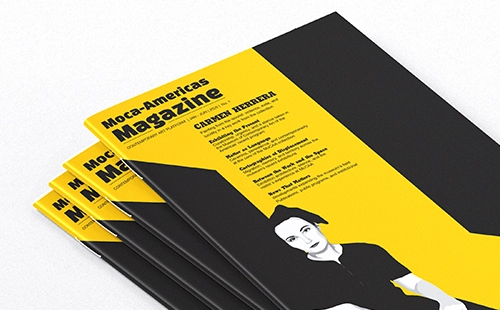
MoCA Americas announces the launch of its own art magazine, a new semiannual publication conceived as an editorial platform where curatorial thought, exhibitions, collection, and institutional collaborations converge...
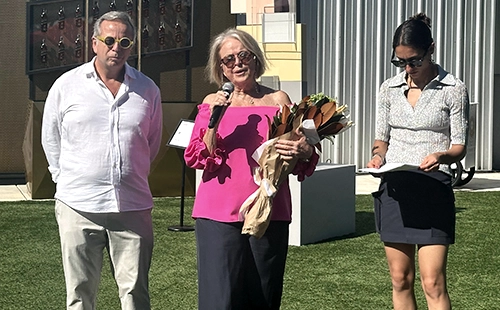
Within the framework of PINTA Miami 2025, one of the leading platforms for Latin American art in the United States, a private and deeply resonant tribute was held in honor of art historian and curator Carol Damian...




The Museum of Contemporary Art of the Americas (MoCAA), in dialogue with the simultaneous presentation at the Oscar Niemeyer Cultural Center in Goiás, Brazil, opens an exceptional platform to revisit Cuban art in exile through the Rodríguez Collection. The decision to unfold the exhibition across two distinct geographies underscores a central thread of the collection: the notion of transit, displacement, and constant reconfiguration. Cuban art beyond its borders has confronted the hardships of uprootedness while also embracing the possibilities of new contexts that have fostered alternative gazes, languages, and affinities. Exile has embodied both rupture and revelation. Within this dual register, the practices of Gustavo Acosta, Ana Albertina Delgado, Tomás Esson, Ivonne Ferrer, and Rocío García translate the tension between memory and innovation into divergent visual strategies. Brought together, their works stand as testimony to the difficult path of diaspora, where nostalgia becomes a generative force and critical distance enables a repositioning of the Cuban experience within the global contemporary field.


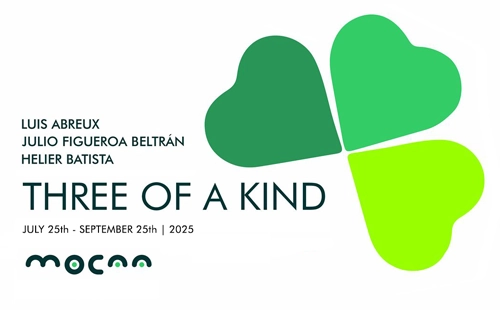
Numerous people, including family and friends, attended the opening of the exhibition "Three of a Kind," organized by the Museum of Contemporary Art of the Americas (MoCAA) in Kendall, as part of the Art in the Community program. The exhibition, which took place from July 25 to August 25, 2025, featured artists Julio Figueroa-Beltrán, Helier Batista, and Luis Abreux, and was curated by the Rodriguez Collection team. At the center of this exhibition was a friendship—not a trivial or anecdotal bond, but one that had endured for over two decades among artists who, although not necessarily of the same generation or trajectory, had cultivated aesthetic and personal complicity.
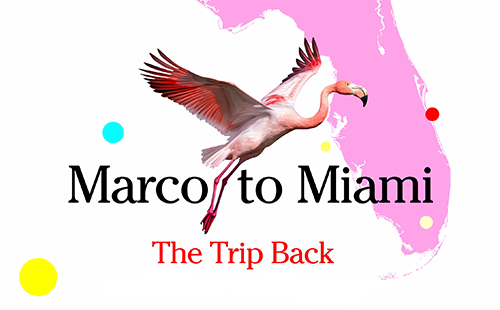
Marco to Miami unfolded as both an exhibition and a cultural statement—one that underscored the significance of interregional collaboration and the vitality of Florida’s artistic ecosystems. Through an expansive array of media and styles, the show captured the creative energy of Florida’s Gulf Coast while weaving it into Miami’s rich and ever‑evolving cultural fabric.
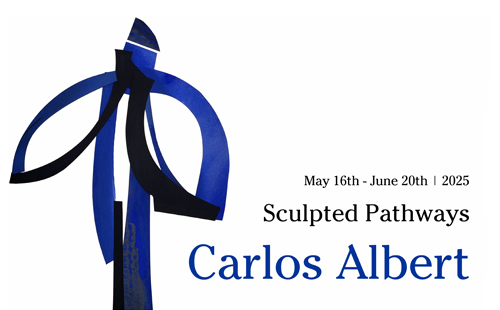
Hosting an exhibition by the renowned Spanish sculptor Carlos Albert marks a significant milestone for the Museum of Contemporary Art of the Americas (MoCAA) and the vibrant community it serves. The inclusion of his work in our curatorial program reaffirms the museum’s commitment to excellence in contemporary art and to fostering international artistic voices whose trajectories and visions enrich the cultural dialogue within our local context.
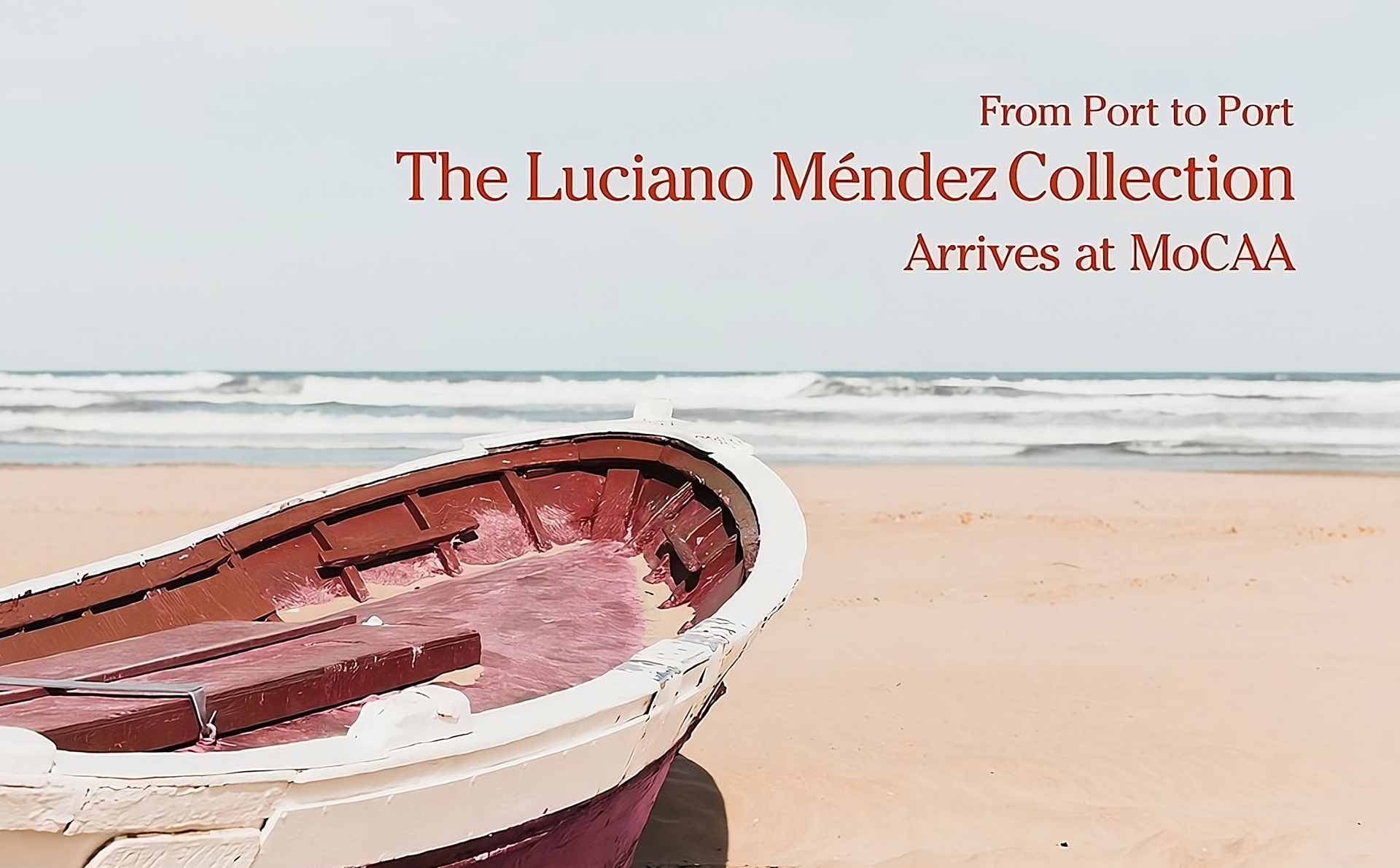
The Cuban art collection of Mr. Méndez has been assembled over the course of two decades, beginning in Havana itself. The works were acquired directly from the artists—an approach that, from the outset, served as both a gesture of patronage and a means of sustaining their creative paths. Leonardo Rodríguez also prioritized direct acquisition as support and commitment to the artists.
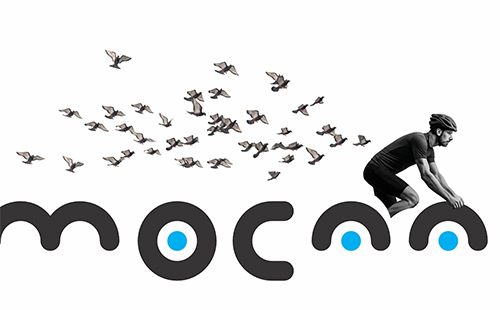
The Exhibition was part of a wider institutional exchange that brought contemporary voices from across the Americas to new and eager audiences. Running through July 1, this exhibition marked a rare and important opportunity for audiences on Florida’s southwest coast to experience highlights from MoCAA’s growing permanent collection.
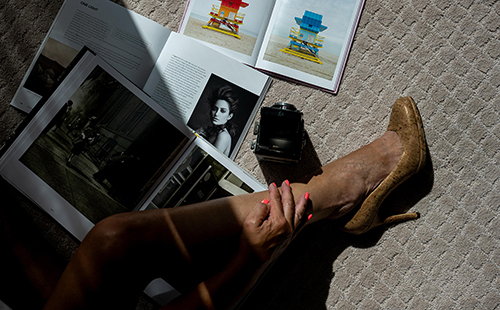
Her photographs lingered on overlooked corners—faded storefronts, improvised altars, weathered objects carried from one shore to another—each image charged with the weight of private histories and quiet resilience. Rather than framing exile as rupture alone, she highlighted how memory weaves itself into new patterns, creating spaces that feel both borrowed and entirely one’s own...



The Kendall Art Cultural Center (KACC), dedicated the past six years to the preservation and promotion of contemporary art and artists, and to the exchange of art and ideas throughout Miami and South Florida, as well as abroad. Through an energetic calendar of exhibitions, programs, and its collections, KACC provides an international platform for the work of established and emerging artists, advancing public appreciation and understanding of contemporary art.
READ MORE
The Rodríguez collection is a blueprint of Cuban art and its diaspora. Within the context of the new MoCA-Americas the collection becomes an invaluable visual source for Diaspora identity. It represents a different approach to art history to try to better understand where we come from to better know where we are heading.
READ MORE




